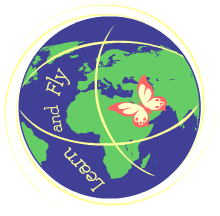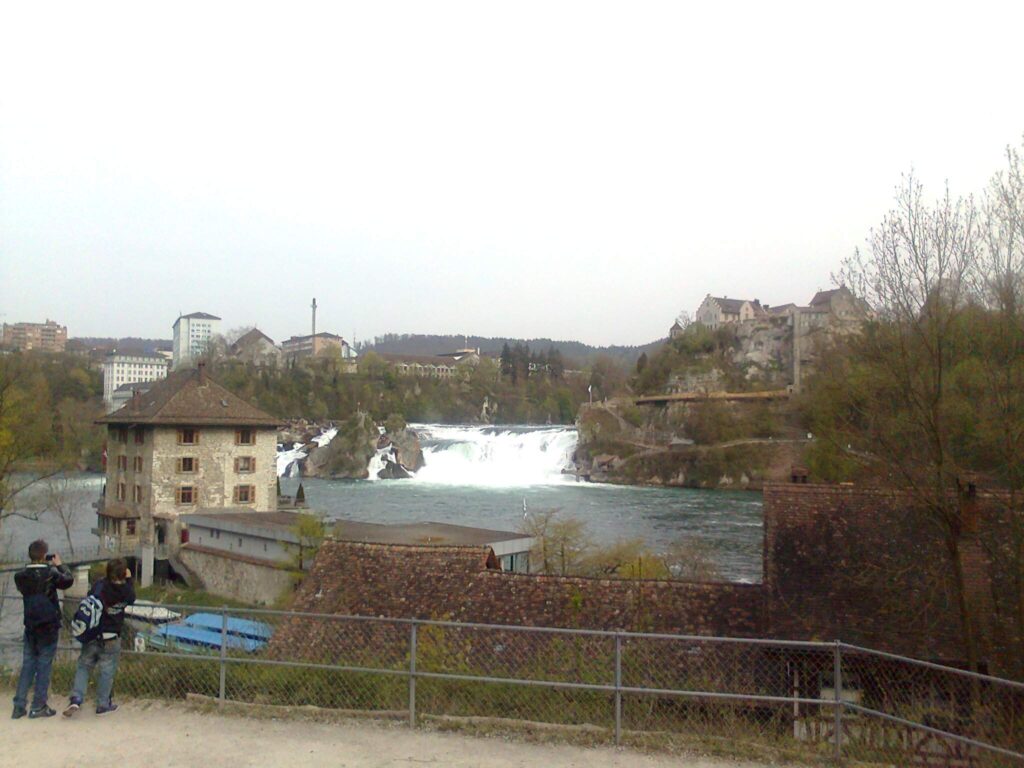Descrivere un’immagine è una delle attività più comuni in lingua straniera, utilizzata già a partire dalla scuola primaria. E’ un’abilità richiesta anche negli esami per conseguire certificazioni linguistiche. E’ un’attività utile anche per introdurre un qualsiasi argomento deducendo e cercando di indovinare a partire dalle immagini presenti quale sarà l’argomento che si andrà ad affrontare nel corso della lezione, selezionando nel nostro cervello e attivando quelle mappe lessicali utili in quella data situazione e apprese precedentemente in altri contesti.
Domande guida
- What can you see?
- Who can you see?
- Are there any people? Who are the people? Where are they?
- What are they doing? Why are they doing this?
- What is the weather like?
- What are the people wearing?
Naturalmente queste sono solo alcune delle possibili domande e dipendono dal tipo di immagine proposta. Ad es. se il set è una stanza o un luogo chiuso sarà quasi impossibile stabilire le condizioni meteorologiche, tuttavia ci possono essere degli indizi quali l’abbigliamento delle persone che ci possono indurre a supporre in che periodo dell’anno ci troviamo.
Suggerimenti
- Describe what you can see in as much detail as you can.
- Use the present simple and the expressions ‘there is’, ‘there are’ and locate objects
- Use prepositions and adverbs of place to say where the things are.
- Use the present continuous to describe what the people are doing and wearing.
- When you are unsure, or try to make deductions start with ‘I think…’
- If you don’t know the word for something in the photograph, describe it using words that you do know, e.g. if you don’t know the word knife you could say “a tool usually used in the kitchen for cutting food“. .
Se vuoi esercitarti a descrivere un’immagine utilizzane una che raffiguri una situazione concreta (reperibili facilmente in Internet) o foto scattate con gli amici o con la famiglia in occasioni speciali come una festa di compleanno, una gita, un evento sportivo, ecc.

